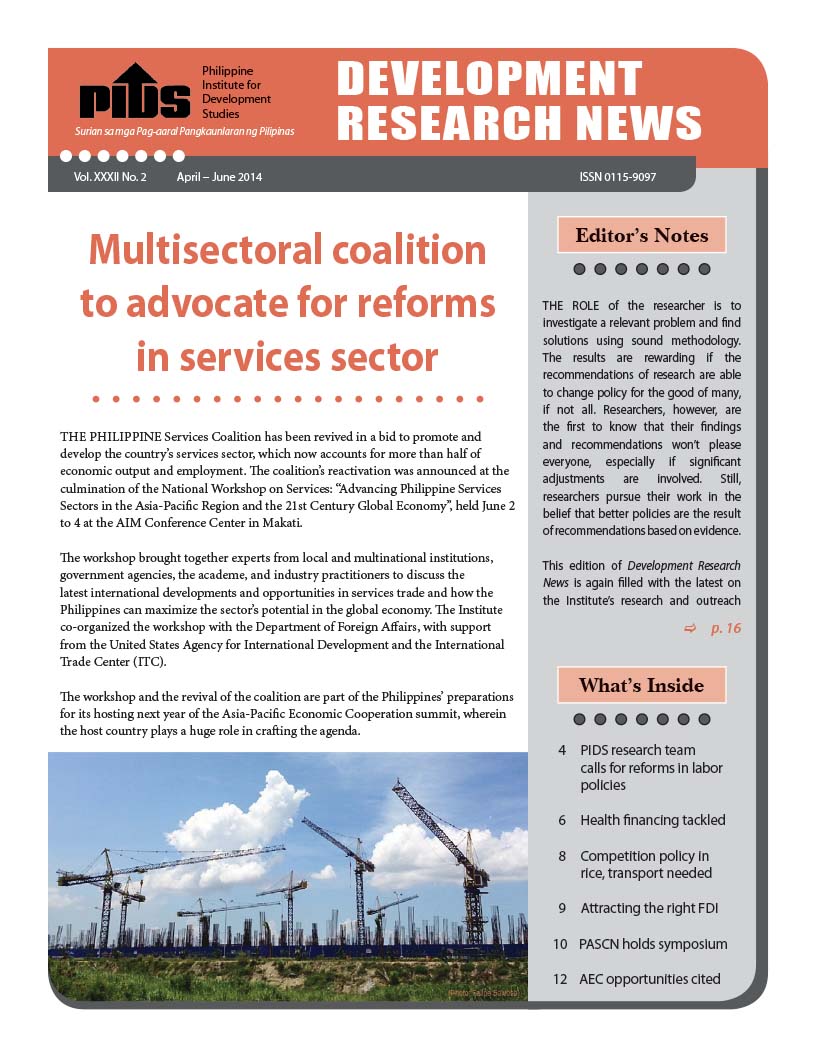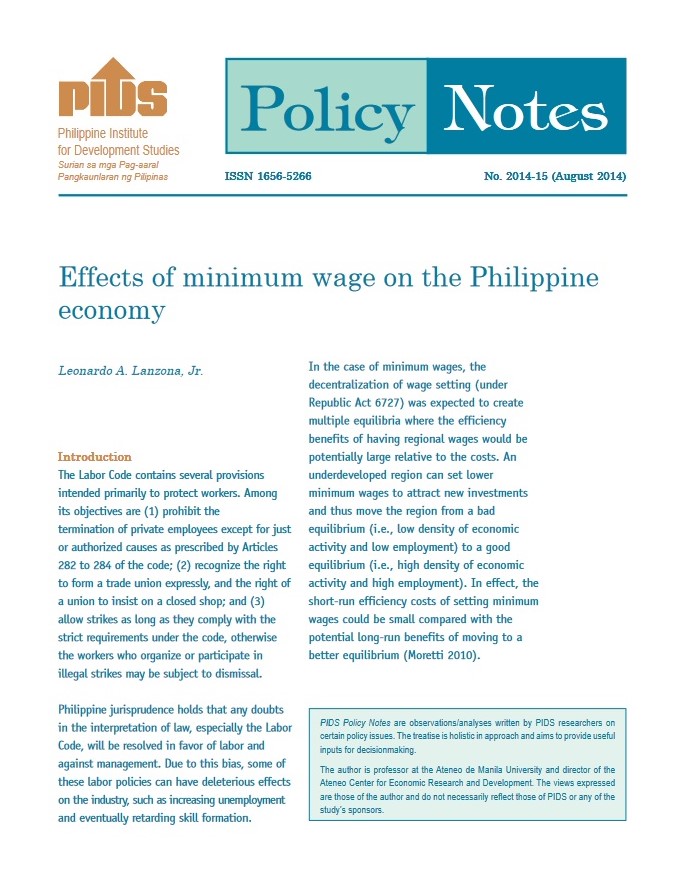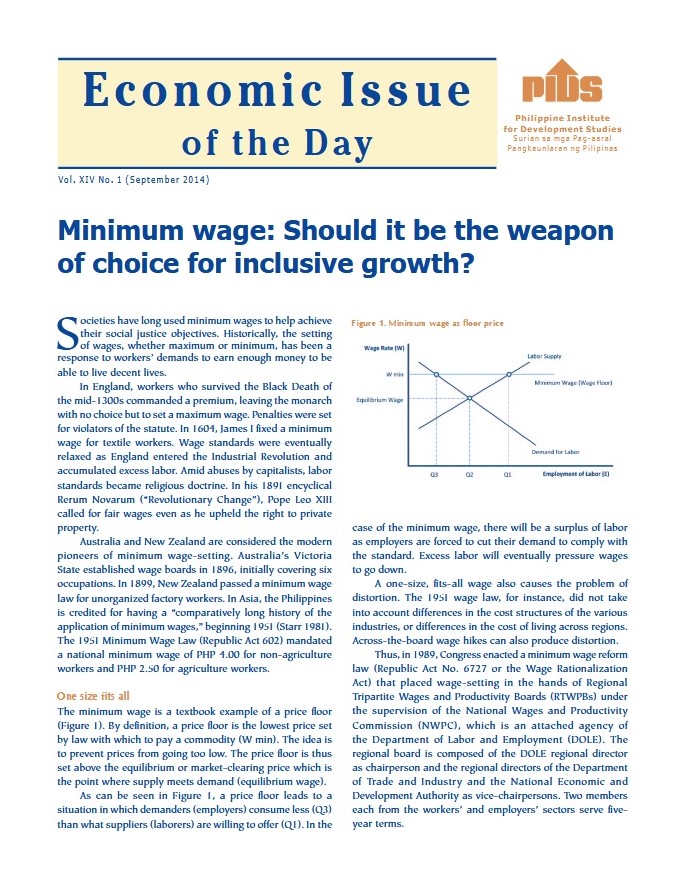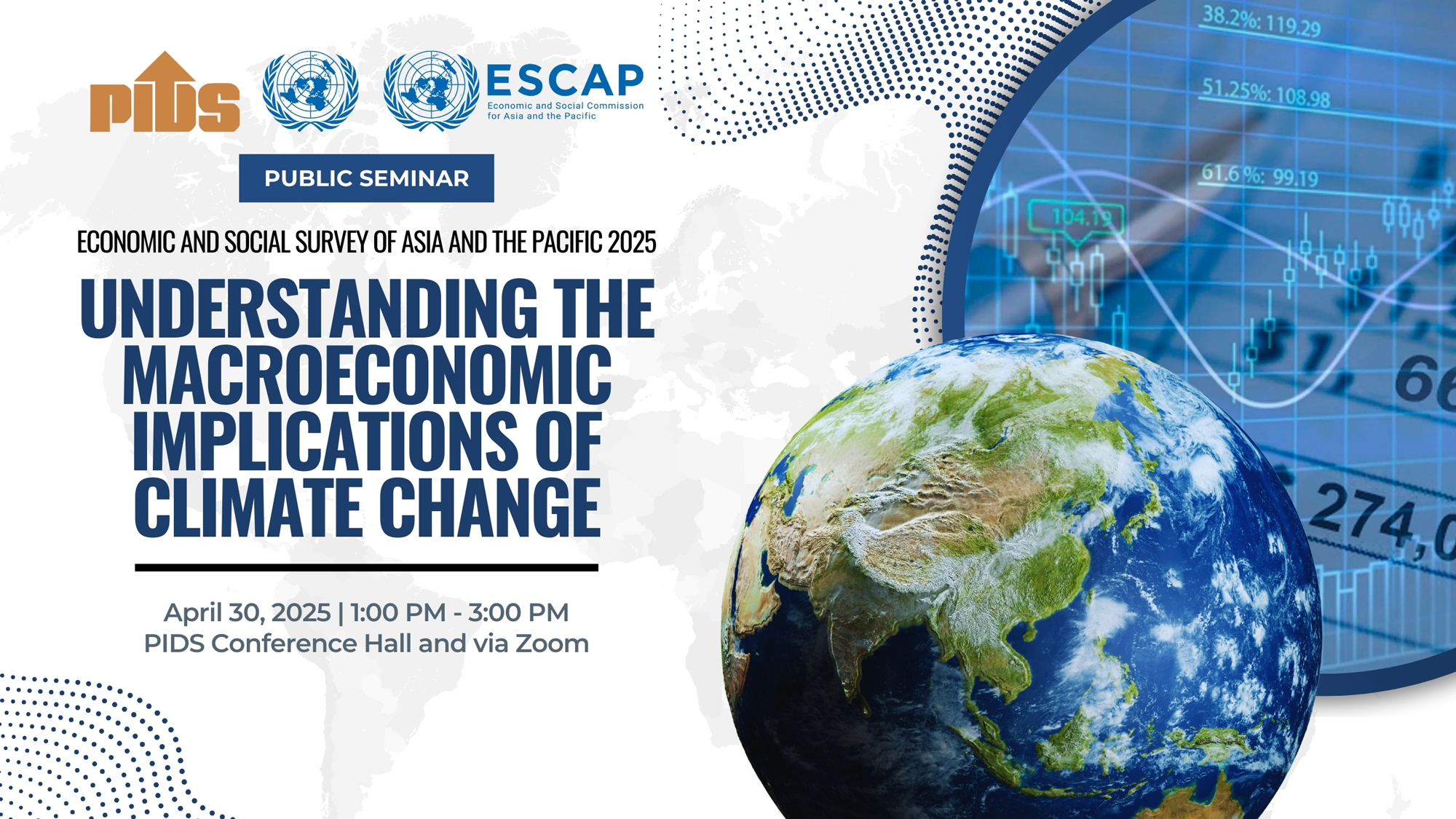The topic of unemployment and underemployment in last week’s column is the backdrop for today’s focus on labor market policies. Labor policies have muddied the road toward progress in improving wages and living standards for all workers. As a result, the escape from poverty has become more difficult. "Labor policies in development.” Wise development policies require an imaginative use of both capital and labor as the main factors of production. In terms of labor policies, the size of the labor supply that seeks good jobs should serve as a firm guide for generating jobs on the demand side. The collective mistake was the government’s populist emphasis on the protection of those already with jobs, thereby constricting demand growth for new jobs. When the Bell Mission (1952) recommended the high minimum wage, the rationale was to give the workers "income and purchasing power” in order to provide a high consumption base for the economy. Over time, the same minimum wage policy was maintained as a means of guaranteeing that a "living wage” was essential and that the state would "protect labor from exploitation by employers.” East Asian countries, on their way to growth, used the minimum wage (when they devised one) mainly to delineate an "entry wage” to hire new workers. This assured that they could encourage businesses to grow while providing more employment to those who seek work. Now, employment is of course superior to unemployment. When employed at a wage rate however low, the worker has the means to sustain his needs and further provides him an opening to increase his income through new skills gained. That raises his productivity at work, a road toward his own prosperity. "Labor productivity and ‘total factor productivity.’” Measures of productivity provide a better micro-picture of this economic performance. In terms of labor productivity (or output per worker), Philippine annual growth was only one percent. The collective annual growth for East Asian countries (including the ASEAN countries mentioned) was 4.4 percent. Using "total factor productivity” — a measure showing the combined productivity brought about by the factors of production — the picture looked grimmer. The Philippines was uniquely the only country with a negative annual figure for total factor productivity. This finding is not a new number. Work notably of Richard Hooley and later by Cesar Cororaton at at the SA���ʴ�ý had chronicled it before. "Jobless growth, or growth with few jobs” The response of employment growth arising from a one-percent growth of output is also measured. Economists have a name for this, "elasticity of employment.” The numbers for 1997 to 2010 are quite revealing: for agricutlure is 0.42, for industry 0.34 and for services 0.66. These numbers mean that a one percent of growth of the economy leads to a less than one percent growth of employment.
How misdirected labor policies led to high unemployment and underemployment
Philippine Star
Gerardo P. Sicat












